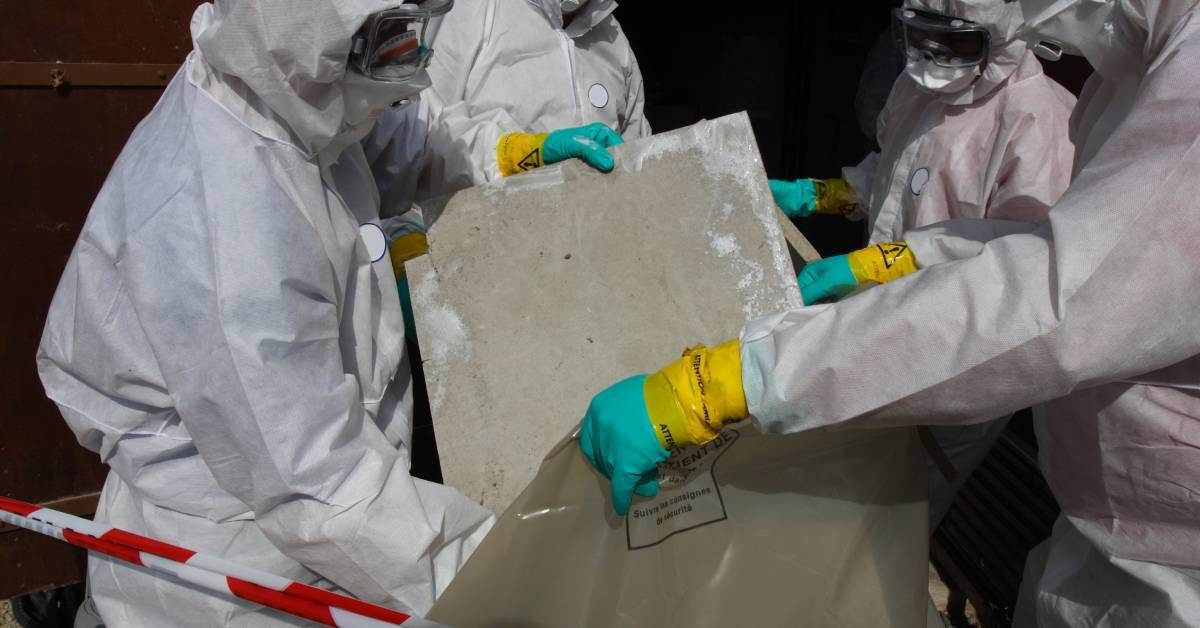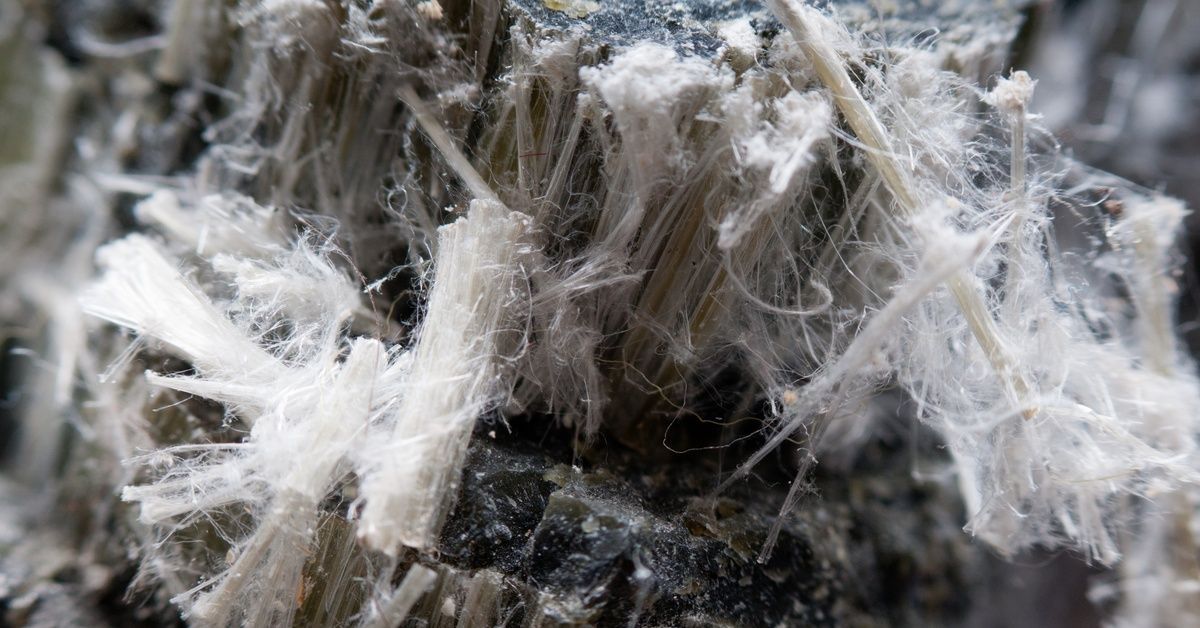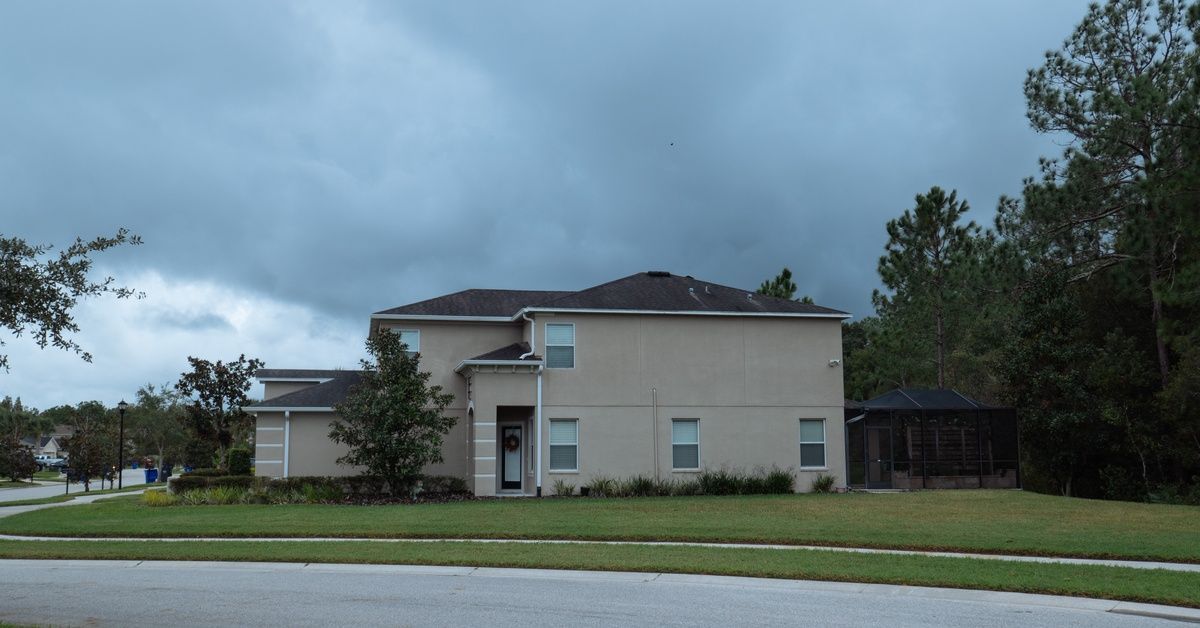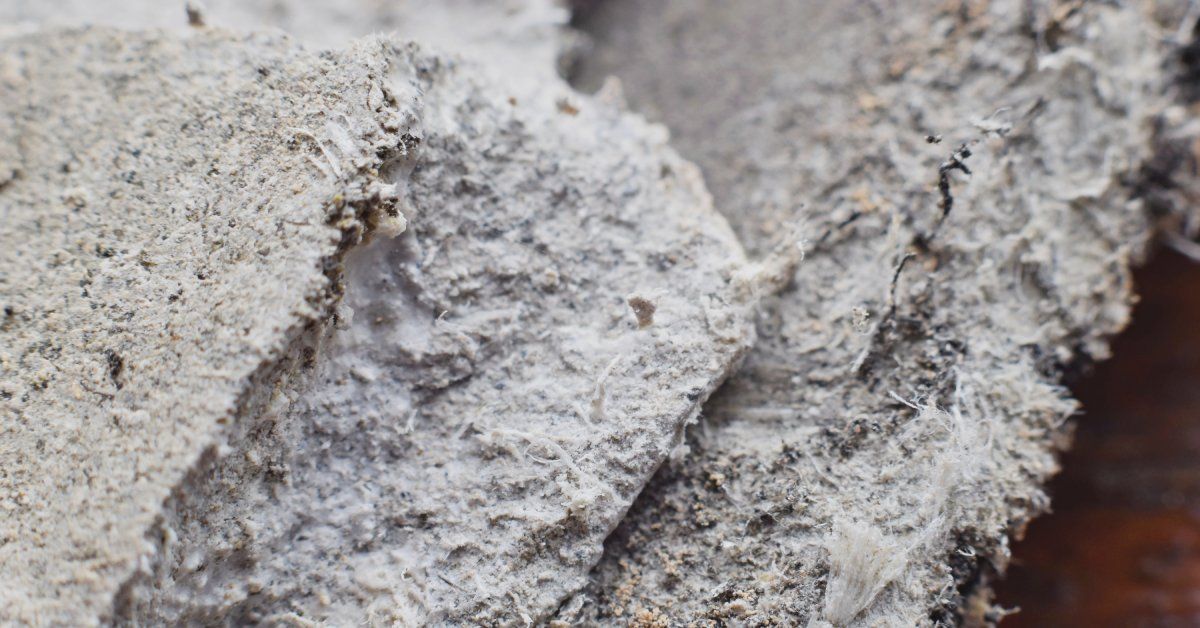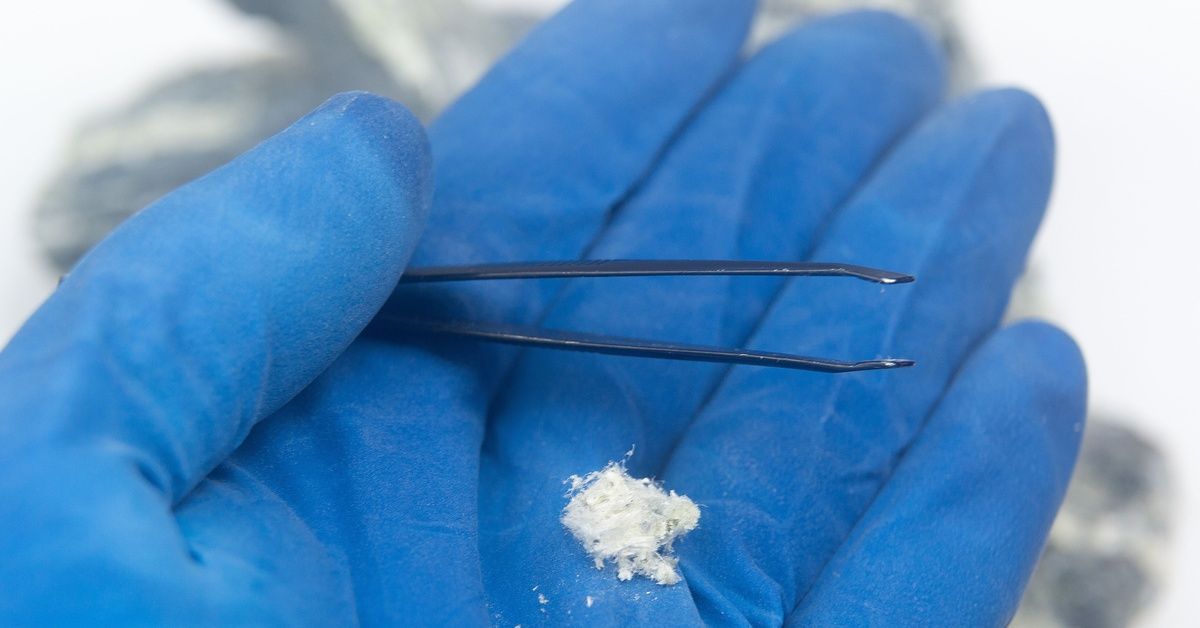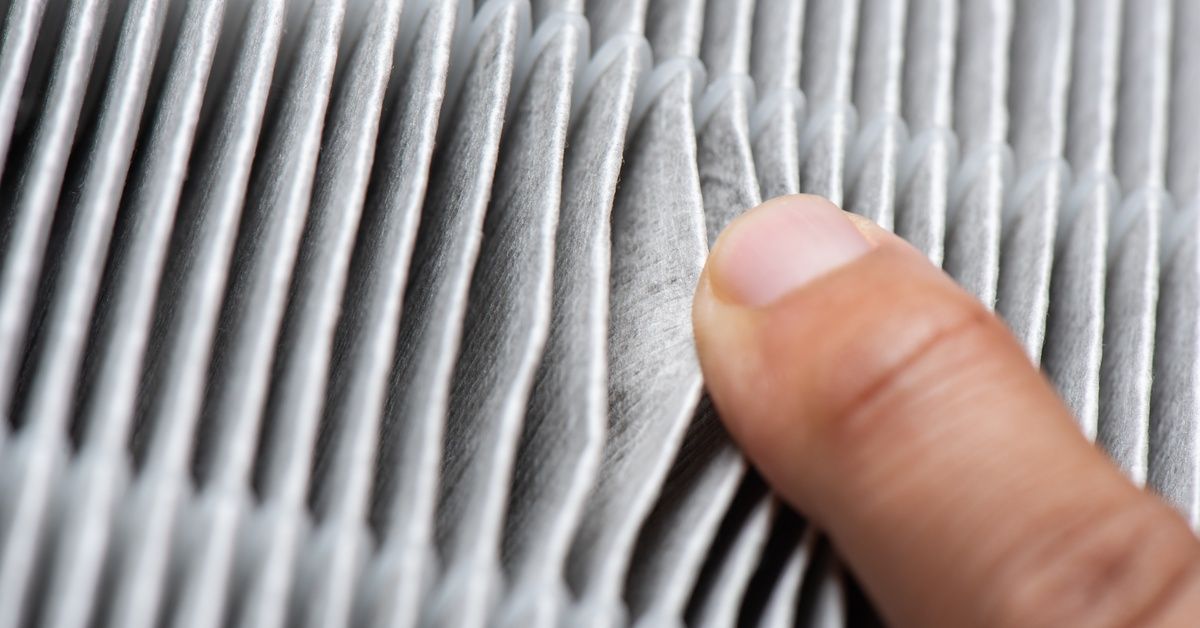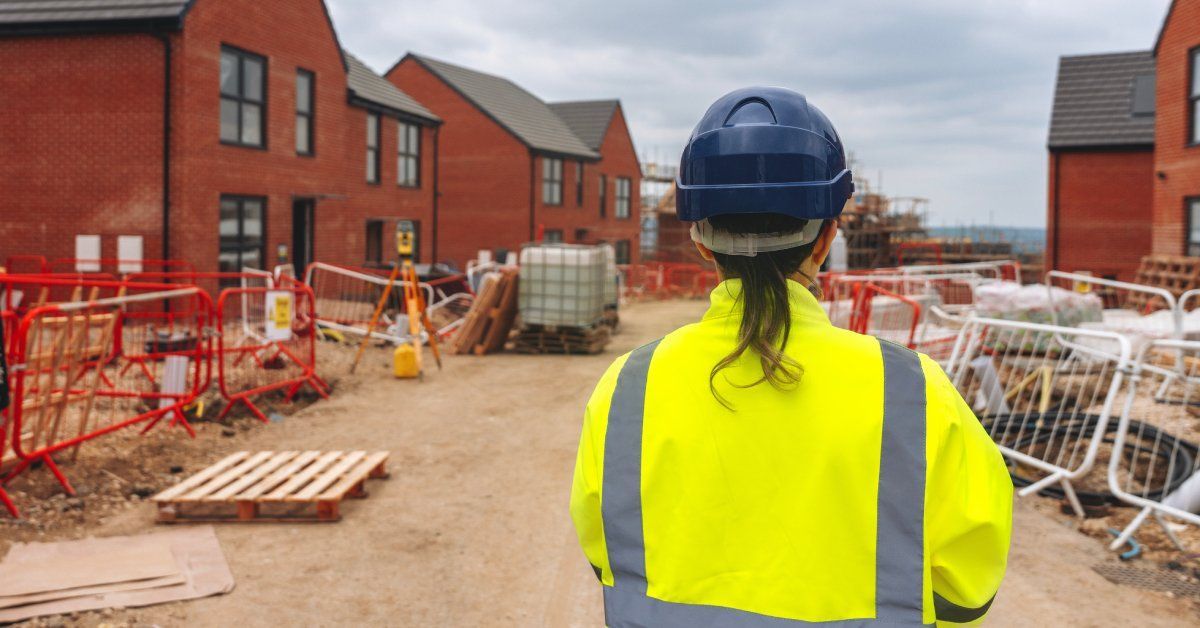Why DIY Asbestos Removal Is Riskier Than You Think
Homeowners undertaking renovations might consider handling asbestos removal themselves to save money. However, this approach overlooks the dangers involved. The truth is that DIY asbestos removal is riskier than you think. Let’s explore why professional abatement is a critical safety measure for your family’s health.
The Health Risks Are Severe
Asbestos contains microscopic fibers that, when disturbed, become airborne. These fibers are easy to inhale and can lodge deep within the lungs and other organs, leading to severe health conditions years or even decades later. There is no safe level of asbestos exposure.
Health complications directly linked to asbestos exposure include the following:
- Asbestosis: This is a chronic lung disease that causes scarring of lung tissue and severe shortness of breath.
- Lung cancer: Exposure significantly increases the risk of developing this type of cancer.
- Mesothelioma: This is a rare and aggressive cancer that affects the lining of the lungs, abdomen, or heart.
Attempting to remove asbestos without proper training and equipment almost guarantees the release of these hazardous fibers, endangering everyone in the vicinity.
Proper Containment Is Complex
Professional asbestos abatement requires more than just a mask and gloves. Licensed technicians use specialized equipment and follow strict protocols to contain the work area. This involves setting up negative air pressure enclosures, using industrial-grade air filters, and wearing full-body personal protective equipment (PPE).
Professional containment measures prevent toxic dust from spreading throughout your home and contaminating other areas. Without it, asbestos fibers can settle on furniture, on carpets, and in your HVAC system, leading to long-term exposure risks for your family. The complexities of safe asbestos removal underscore the need for certified expertise.
Disposal Regulations Are Strict
You cannot simply throw asbestos-containing materials in your regular trash. Federal, state, and local laws strictly regulate the handling and disposal of asbestos waste. Materials must be wetted, sealed in specially labeled, leak-tight bags, and transported to a designated hazardous waste facility. Failure to follow these regulations can result in substantial fines and legal liability.
Professionals are trained to manage this process correctly, ensuring full compliance and providing documentation that they completed the job safely and legally. Compliance violations and fines are among the reasons why DIY asbestos removal is riskier than you think.
Trust Certified Professionals for Your Safety
Given the serious health risks, complex containment procedures, and strict disposal laws, asbestos removal is a job exclusively for licensed and experienced professionals. At Air Safe, your safety is our priority. With over 30 years of family-owned expertise, we guarantee satisfaction and full regulatory compliance. Don’t take the chance—contact us today for asbestos removal in Boston, and ensure the job is done right.



